Shaping the Future of Architecture: An In-Depth Look at AI Integration with Mariangela Iodice at Make
Welcome to an enlightening conversation on the intersection of artificial intelligence (AI) and architecture with Mariangela Iodice, BIM Coordinator and Partner at Make, a company celebrated for its imaginative design and resilient placemaking.
As AI continues to be a pivotal focus for Design Insider throughout 2024, this conversation is particularly relevant for our commercial interiors sector, where the opportunities and challenges AI presents have the potential to transform our creative and business practices, as well as client experiences.
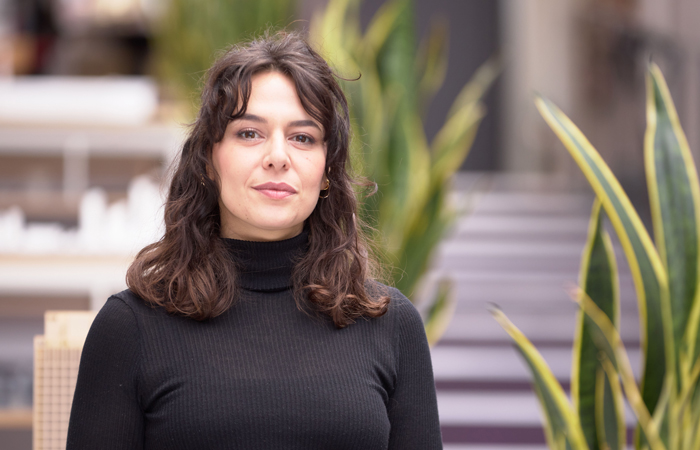
Mariangela Iodice, BIM Coordinator and Partner at Make
In this interview, we explore three critical areas: the incorporation of AI in enhancing design processes, its role in improving communication within the company and with clients, and the challenges and opportunities this technology brings to the architectural field.
Join us as we delve into how AI is reshaping the landscape of architecture at Make!
Can you introduce yourself, describe your role at Make, and explain how the company’s ethos of imaginative design and resilient placemaking influences your work?
I worked as an architect across Italy and the UK for 8 years before transitioning my career into the dynamic world of BIM. At Make, I am a BIM Coordinator, where my primary role is focused on managing and implementing BIM processes in our projects.
My architectural background and huge passion for new and emerging technologies perfectly match the commitments of Make in exploring innovative solutions to enhance the human experience and promote sustainability in our projects.
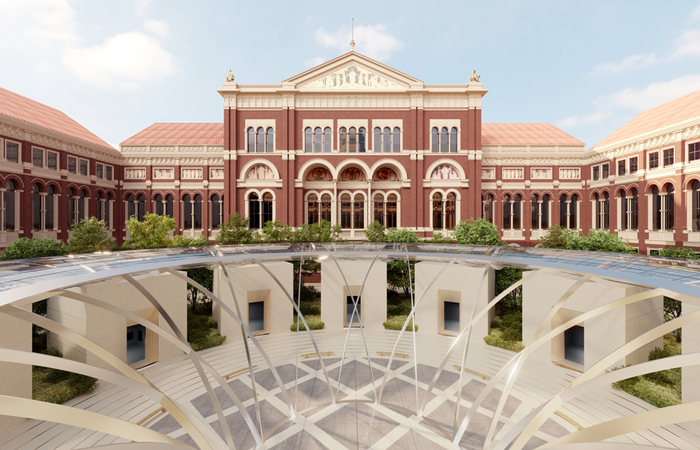
Vault of Contemporary Art VA Exhibition. Make Architects
At Make, we push the boundaries of creativity while ensuring our designs make positive contributions to the communities they serve. Our primary goal involves going beyond physical designs to craft spaces that transform people’s lives. For example, our virtual Vault of Contemporary Art gallery – a virtual project offering a parallel experience to a gallery space, where individuals from around the globe can freely enjoy exhibitions simultaneously. This initiative expands imaginative design horizons and is testament to Make’s creativity, providing avenues to enhance our projects by delving into new technology and possibilities.
How did Make initially respond to the integration of AI into architecture, and what steps has leadership taken to support this technology, including the creation of an AI policy that addresses creative opportunities, ethical considerations, and professional responsibilities?
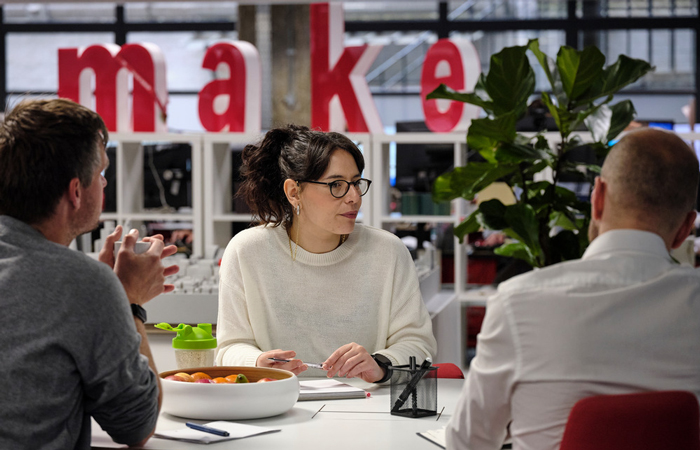
Establishing an AI Policy was an important step
Make has been very proactive in the integration of AI in our design processes, with our founding partner, Ken Shuttleworth, recognising its potential early on. Alongside the existing sector groups we have at Make, we established a dedicated AI-focused specialism group, which serves as a hub for interdisciplinary collaboration and innovation. It’s important for us to bring together individuals from various departments to use the full potential of AI across the office. Establishing an AI Policy was an important step to indicate to all Makers the importance of exploring this field, and to provide guidelines, ensuring AI is used responsibly and ethically across all our projects.
What investment has Make made in terms of time and resources for AI research and internal training, and how do these efforts enhance daily research and feedback sessions within the company?
Make has always made significant investments in internal training. Now more than ever, we understand the importance of continuous learning to equip our teams with the necessary skills and knowledge to leverage AI effectively.
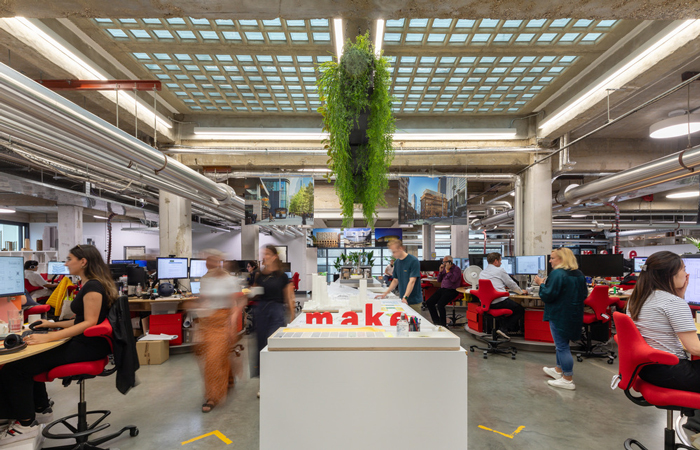
Make London Studio
We have provided prompt-writing training sessions and, as expected, they have been popular across the studio and led to the development of an in-house prompting guide.
In what ways is AI being utilised as a communication tool at Make, particularly in facilitating discussions between team members, enhancing client visuals, and supporting international communication?
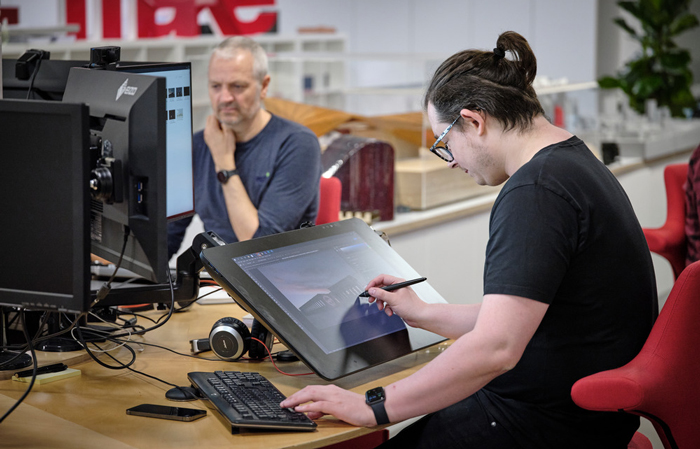
To improve our communication, we have been using LLM models as a starting point for text and are working to develop a GPT that is consistent with our house style and voice. It’s used by our communications team as a tool to help us be more efficient in our communications. We’re employing the same tools in projects, creating project specific LLMs that can help us understand our briefs and project requirements by looking at the wider context of project information.
Visual communication is aided by different diffusion models, helping to instantly generate ‘precedent’ images that convey the intended look and feel of a space.
To what extent do you believe AI can advance the field of architecture, and what are the current limitations preventing greater success in this area?
The potential of AI in architecture is significant, yet challenges persist in its full integration. In ongoing discussion with our visualisation team, a recurring challenge is the precise detail required and the difficulty to replicate an architect’s vision. AI aids in design, but it’s not a tool to produce project-ready outputs.
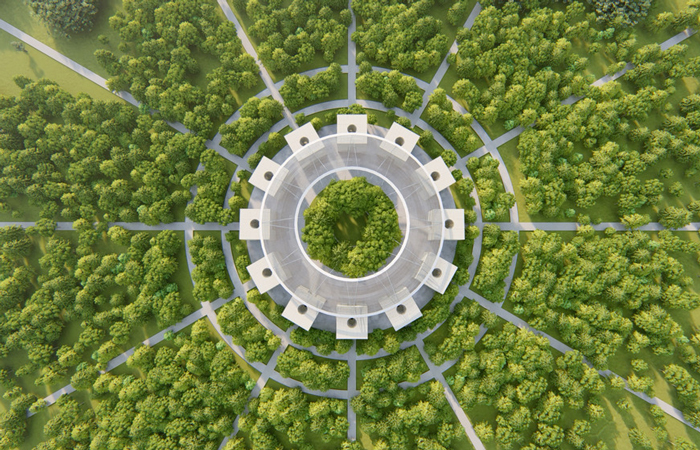
Vault of Contemporary Art VA Exhibition. Make Architects
However, it’s important to highlight the valuable role of AI in our workflow. Our visualisation team utilises AI to provide architects with visualisations of potential render set-ups, offering options for lighting, materials and more. Our interiors team also uses AI to explore various design options based on their sketches, which they then present to the rest of the team before modelling them in Revit. Others have used AI to present specific space ideas to clients, such as staircase designs or material mood boards.
I think it’s crucial to understand the main limitations with AI. Despite the valuable insights and inspiration that it can provide, the human touch remains indispensable in realising the full potential of architectural design.
Could you provide an overview of some AI tools currently being used by the tech-focused teams at Make, and discuss the opportunities and challenges associated with each tool?
Our tech-focused team utilises and experiments with several AI tools to boost our design process. Tools like Midjourney, Stable Diffusion and LookX generate images from different inputs, including sketches, images and prompts, helping us to define and refine our design vision. Additionally, Forma by Autodesk is a versatile tool for generative design that allows us to explore myriad design options based on specific parameters. We use its near-real-time simulation tools for energy and daylight to assess the impact of potential design decisions.
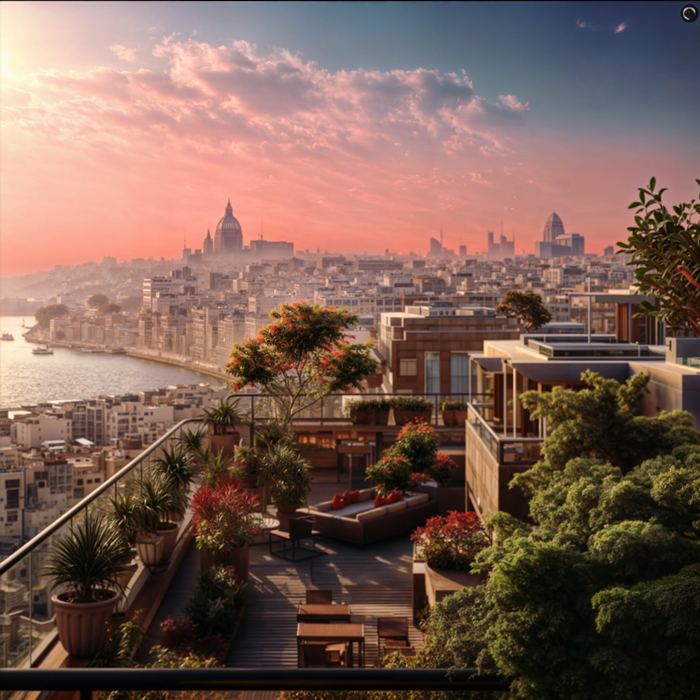
Midjourney Visualisation. Make Architects
In some cases, individuals within our teams are training models for Stable Diffusion based on our in-house project images or photographs. While we consider our freedom from a house style to be a strength of the practice, it has made the training process challenging.
ChatGPT and its integration with DALL-E is widely used in our studio by all departments. In the BIM team, we particularly use AI as an assistant for developing custom scripts and code for tools tailored to the studio’s needs.
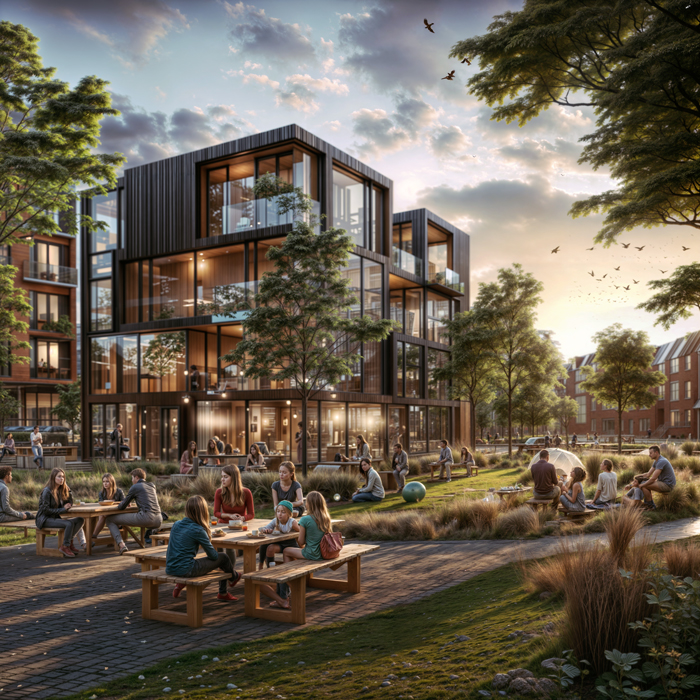
Midjourney Visualisation. Make Architects
Despite the benefits that these tools offer, the significant challenge is the need for robust organised and systematised data inputs for training to ensure accurate outcomes. In addition, the ability to interpret and creatively assess the results requires the consideration and expertise of the design profession.
How is AI contributing to Make’s research and achievement of sustainability goals, and which specific software tools are you utilising to make an impact in this area?
At Make, we’re prioritising the research of AI tools that specifically target the sustainability aspects for our projects. A tool we have started to use is Forma by Autodesk, which is useful in the initial stages of design, particularly for sustainable design considerations. While we may not have the resources to develop our own AI tools, we actively collaborate with leading companies that are experimenting with AI, especially those focused on sustainable solutions. While these tools are evolving, we can develop and future-proof our internal workflows to incorporate the tools when they become available.
Looking forward, what do you see on the horizon for your team at Make in terms of AI integration? What are the key opportunities and challenges you anticipate in the near future?
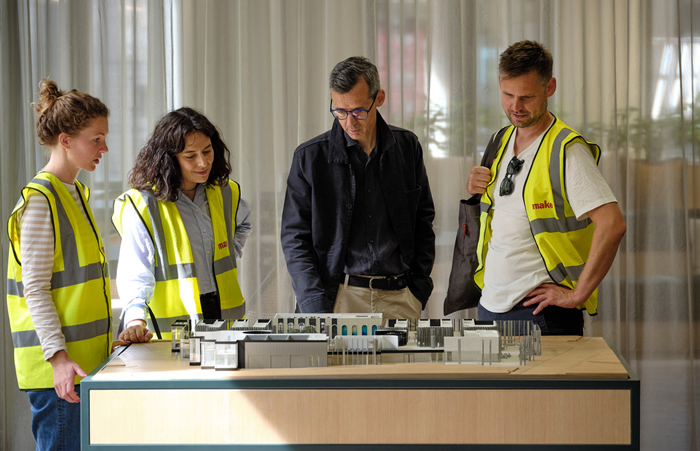
Looking forward, the integration of AI at Make will continue to evolve, presenting both new opportunities and challenges. A key opportunity for our BIM team is the reliable integration and interoperability of AI systems across various stages of the construction lifecycle. The current plethora of tools in development shows the various strands of research being undertaken. One area of concern for me is the management of sensitive project data between different AI systems, such as privacy and security data. It will be essential to establish robust standards and frameworks for the management of data as well as the description of geometry.
Keep reding! Find further articles focused on AI HERE




